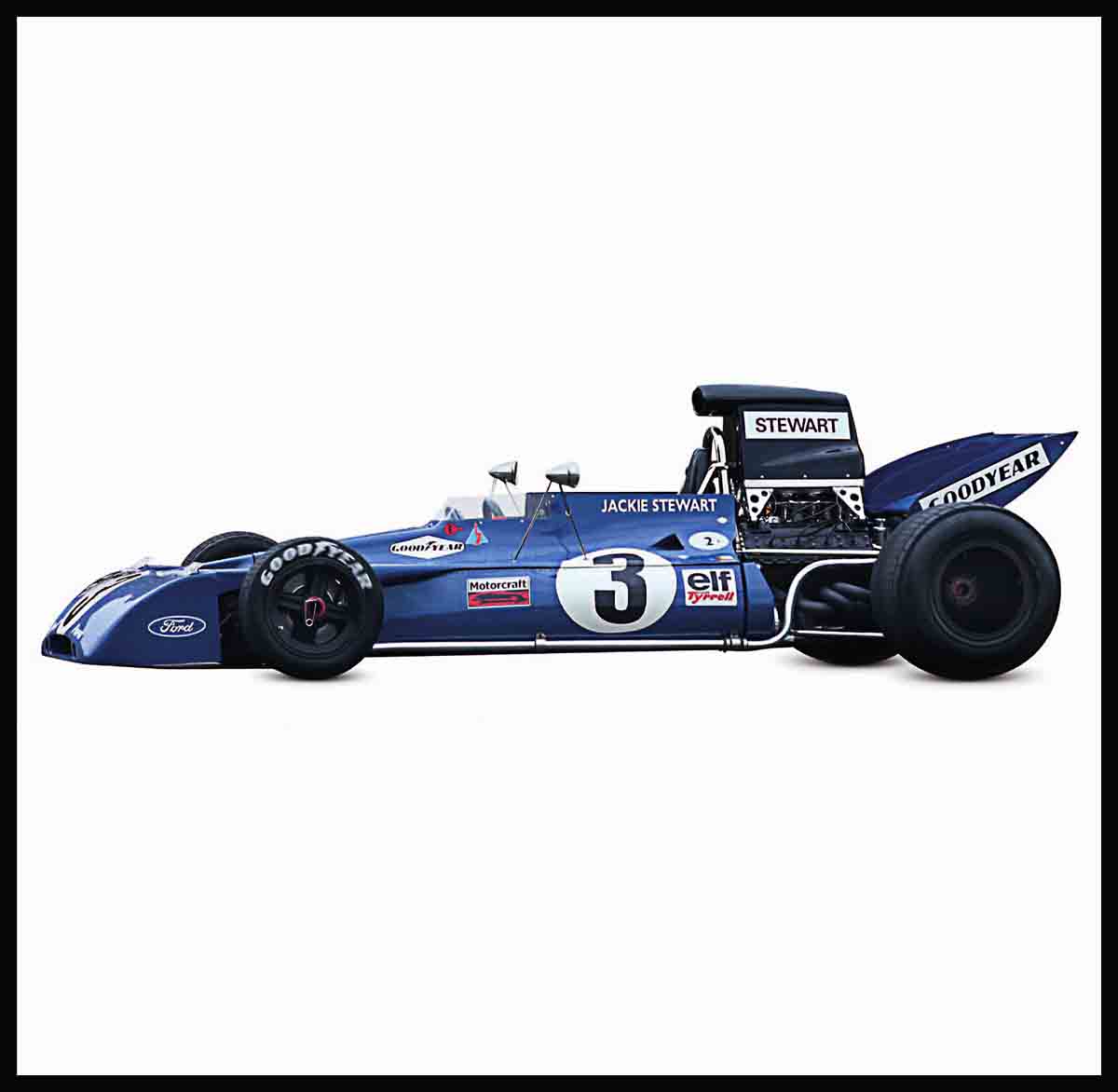
Racing Cars
In the 1970s it became clear that every category of motor racing needed restrictions to power outputs, to prevent cars from taking off at the speeds of over 200 mph (322 km/h)—which many were now capable of. Advances in turbocharging then kept legislators on their toes, as speeds continued to rise.
Tyrrell-Cosworth 001, 1970
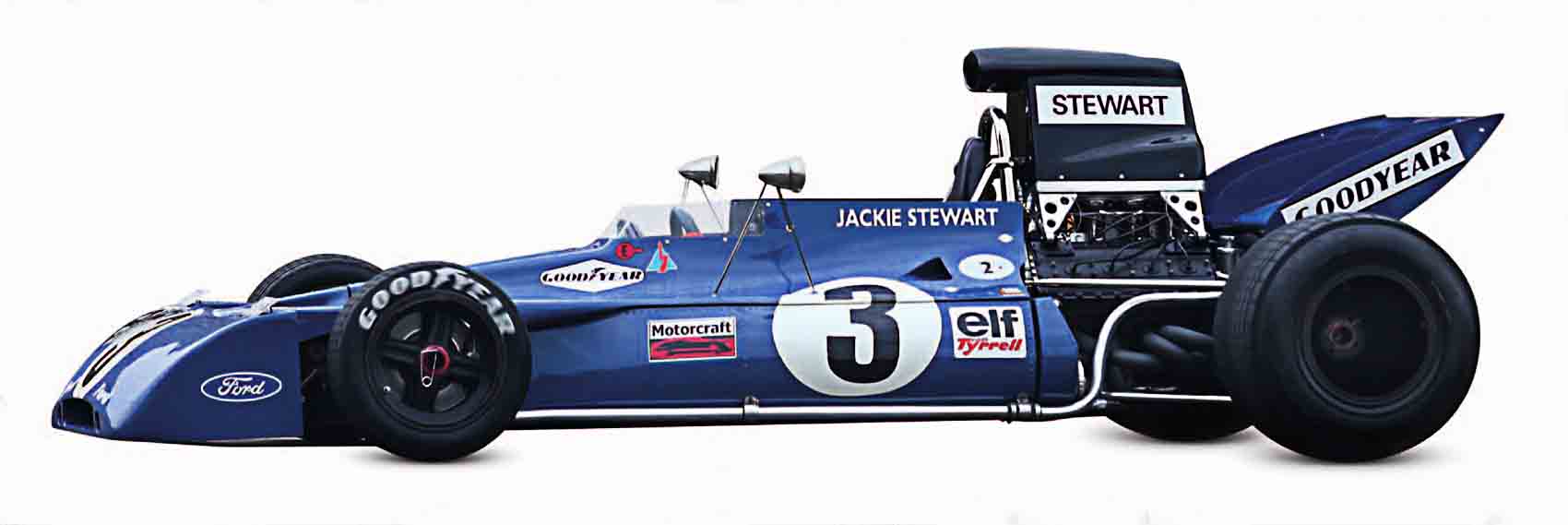
| Origin | UK |
| Engine | 2,993 cc, V8 |
| Top speed | 190 mph (306 km/h) |
When Ken Tyrrell was stood up by Matra, he had Derek Gardner design an all-new car to bear the Tyrrell name. This car showed great potential in late 1970.
Ford Escort RS1600, 1970
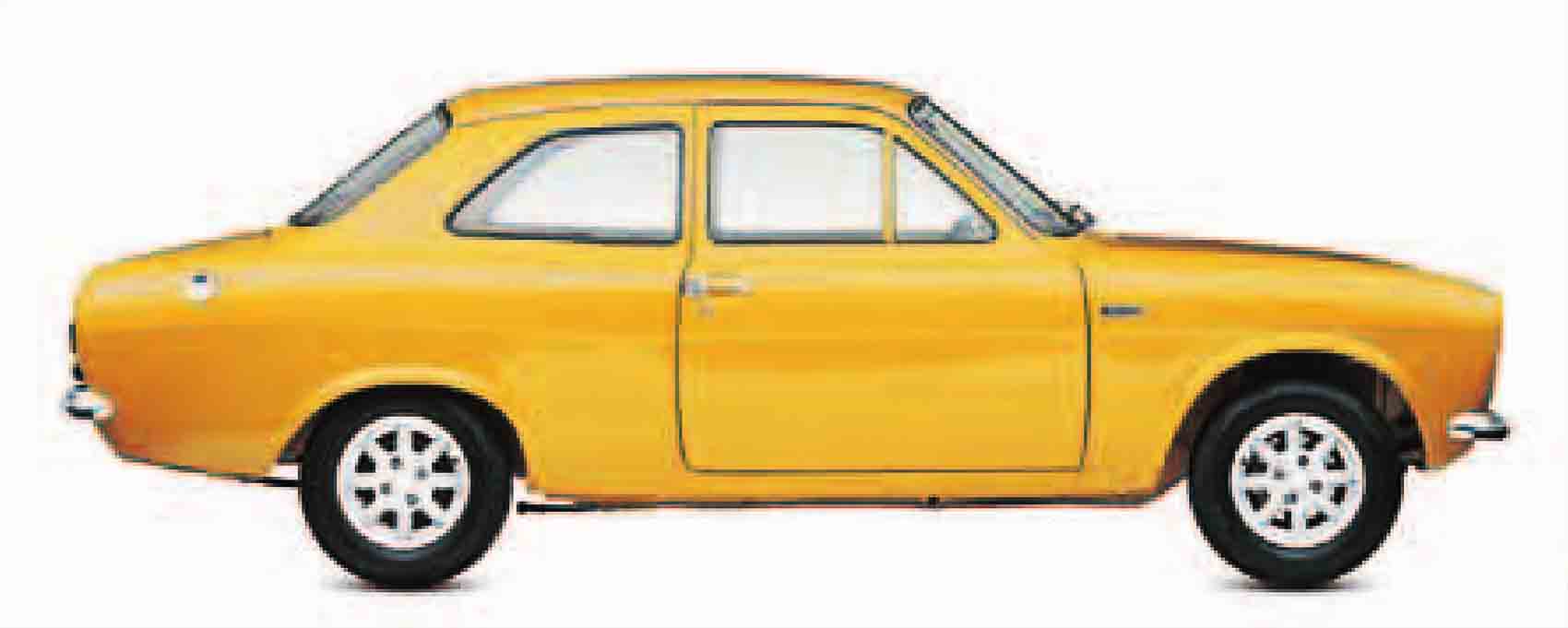
| Origin | UK |
| Engine | 1,599 cc, straight-four |
| Top speed | 113 mph (182 km/h) |
Fitted with a Cosworth BDA 16-valve double-overhead camshaft, which was a development of the basic Ford engine, the RS1600 was a successful rally/race car. About 1,000 were built.
Tyrrell-Cosworth 002, 1971

| Origin | UK |
| Engine | 2,993 cc, V8 |
| Top speed | 195 mph (314 km/h) |
In its first full year as a Formula 1 constructor, Ken Tyrrell’s team achieved a fabulous double: World Champion team and driver, the latter for Jackie Stewart.
Mirage-Cosworth GR7, 1972
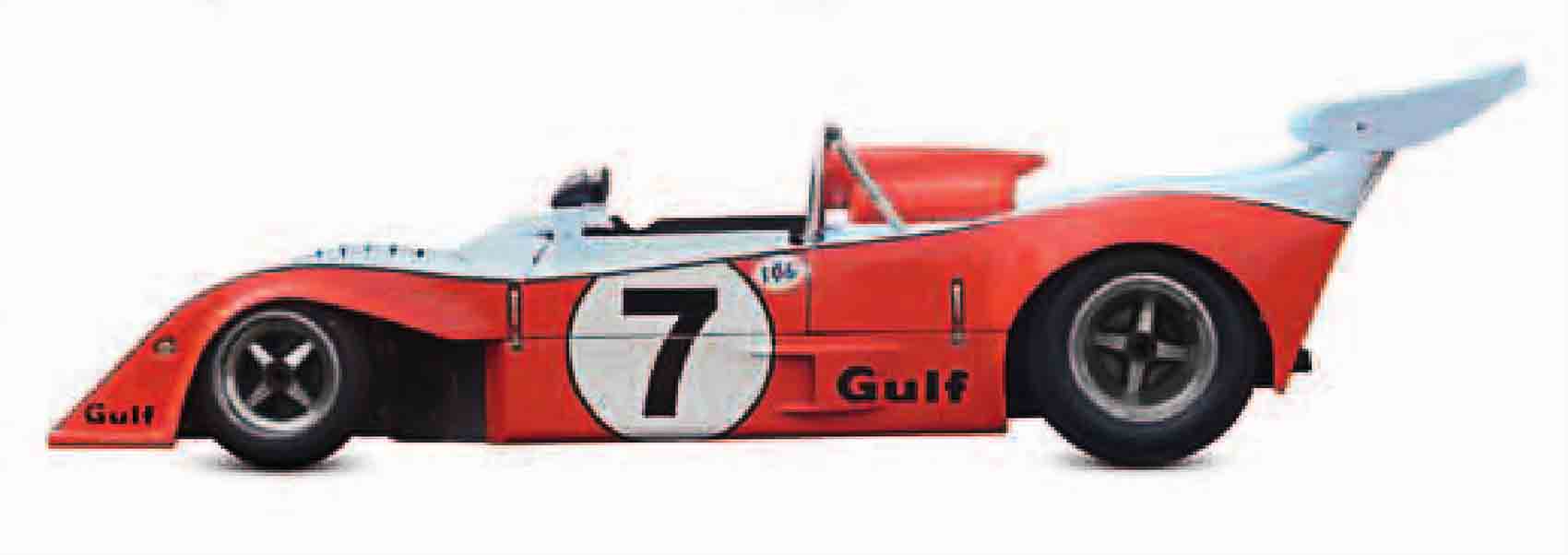
| Origin | UK |
| Engine | 2,993 cc, V8 |
| Top speed | 200 mph (322 km/h) |
The 1972 Mirage M6 was the first Cosworth DFV-powered car to win a Sports Car Championship. It was developed into the GR7 for 1974, and finished fourth at Le Mans.
Lola-Cosworth T500, 1978

| Origin | UK |
| Engine | 2,650 cc, V8 |
| Top speed | 210 mph (338 km/h) |
Indianapolis racers were faster than contemporary Formula 1 cars, due to the high-speed capacity of the oval track. The T500 turbo won the Indy 500 in 1978 at 161.4 mph (260 km/h).
Brabham-Cosworth BT44, 1974
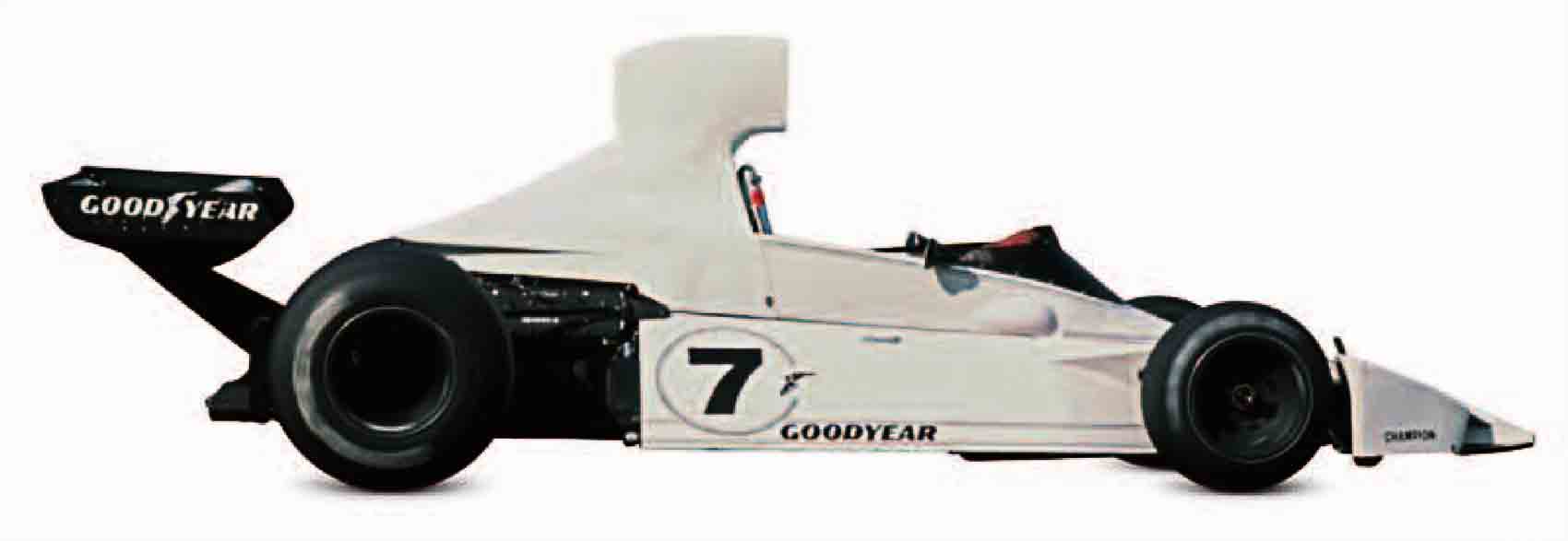
| Origin | UK |
| Engine | 2,993 cc, V8 |
| Top speed | 200 mph (322 km/h) |
The BT44 was designed by Gordon Murray with very clean lines, incorporating early thoughts on ground-effect aerodynamics. It took several Grand Prix wins in 1974.
Lotus 72, 1970

| Origin | UK |
| Engine | 2,993 cc, V8 |
| Top speed | 198 mph (319 km/h) |
Colin Chapman and Maurice Philippe achieved a revolutionary design with the 72, using wedge aerodynamics, radiators in side pods, and an overhead air intake.
Lotus 79, 1970

| Origin | UK |
| Engine | 2,993 cc, V8 |
| Top speed | 205 mph (330 km/h) |
The first Formula 1 car to take full advantage of ground-effect aerodynamics, which caused it to suck itself to the road for maximum grip on corners, the 79 was a great success.
Porsche 917/10, 1971

| Origin | Germany |
| Engine | 4,998 cc, flat-twelve |
| Top speed | 213 mph (343 km/h) |
The 917 gave Porsche its first Le Mans wins in 1970 and 1971. The 917/10 was turbocharged for the CanAm Challenge; its 850 bhp gave Penske Racing the win in 1972.
Porsche 936/77, 1977

| Origin | Germany |
| Engine | 2,142 cc, flat-six |
| Top speed | 217 mph (349 km/h) |
Jacky Ickx almost single-handedly took a superb win at the 1977 Le Mans in the 936; he had won with a 936 in 1976 (also winning the WSC), and would win again in 1981.
Matra-Simca MS670B, 1972
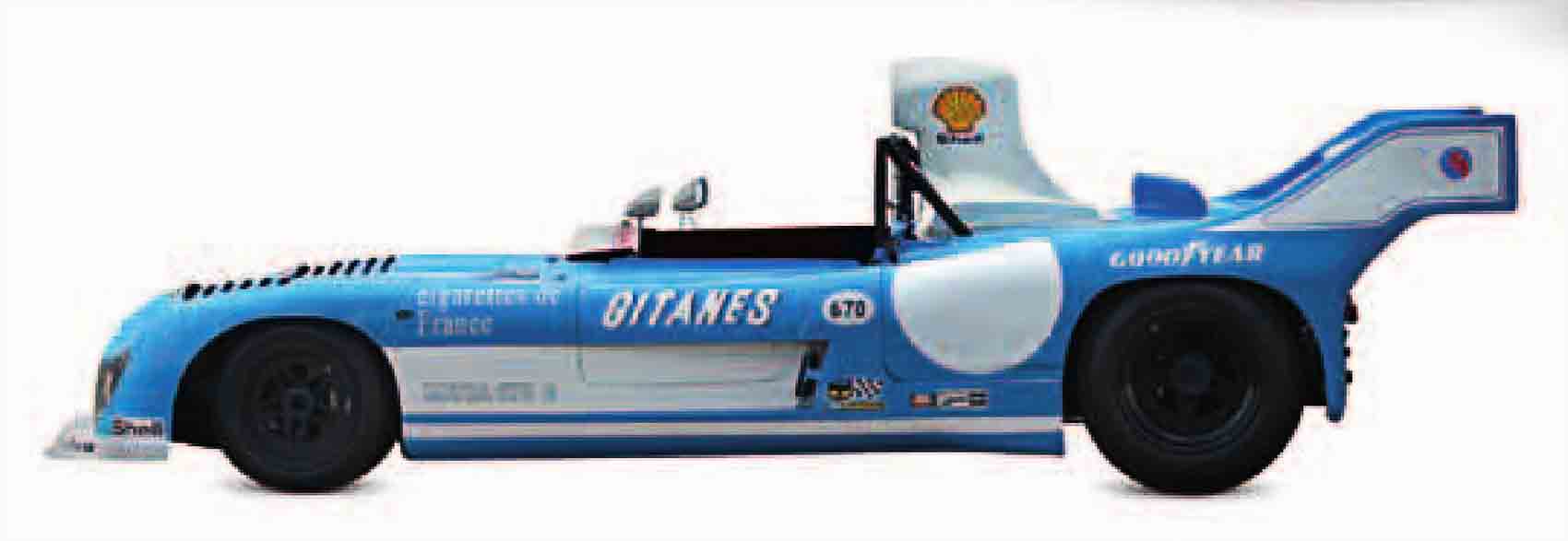
| Origin | France |
| Engine | 2,993 cc, V12 |
| Top speed | 210 mph (338 km/h) |
Matra wanted to be the first French marque since 1950 to win Le Mans: it succeeded when Henri Pescarolo achieved a hat trick with the MS670B in 1972,1973, and 1974.
Surtees-Hart TS10, 1972

| Origin | UK |
| Engine | 1,975 cc, straight-four |
| Top speed | 150 mph (241 km/h) |
World Champion John Surtees turned race-car constructor to win the European Formula 2 title, with Mike Hailwood driving the TS10.
Alfa Romeo Tipo 33 TT12, 1975
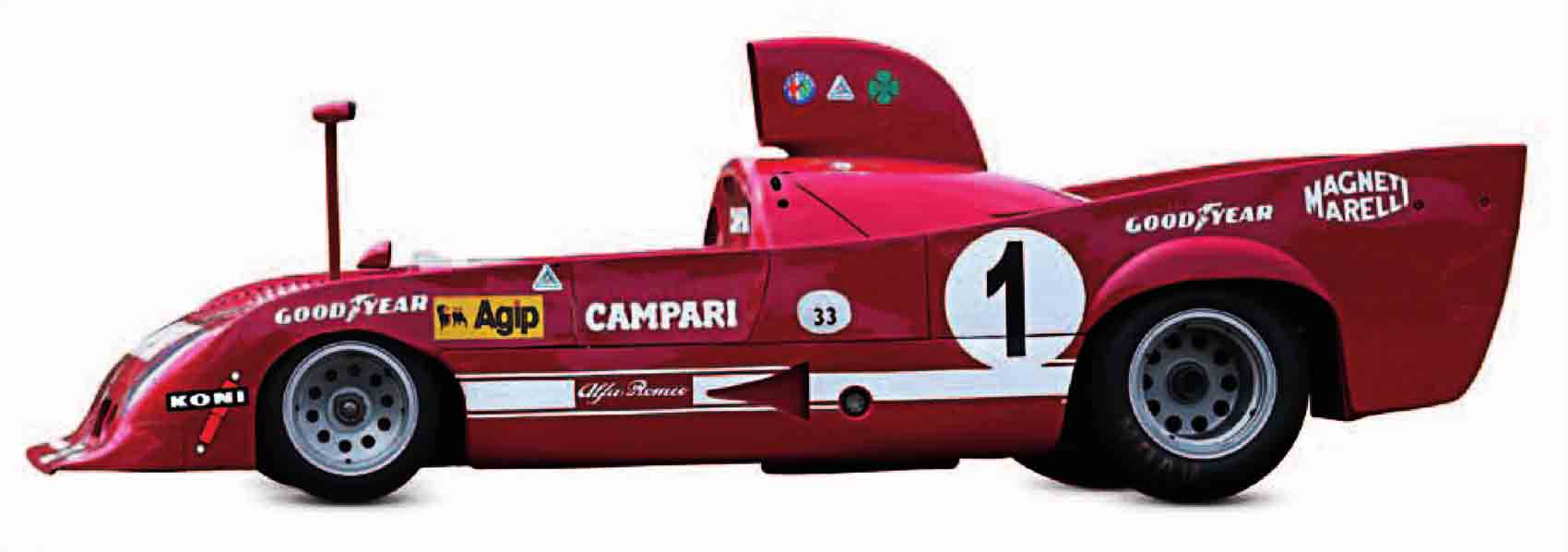
| Origin | Italy |
| Engine | 2,995 cc, flat-twelve |
| Top speed | 200 mph (322 km/h) |
Alfa Romeo fitted the ageing T33 with a new 48-valve engine, slab-sided bodywork, and a huge rear spoiler. It won the World Sportscar Championship with ease.
McLaren-Offenhauser M16C, 1974

| Origin | UK |
| Engine | 2,650 cc, straight-four |
| Top speed | 205 mph (330 km/h) |
McLaren won the Indianapolis 500 three times-the second with Johnny Rutherford driving this M16C in 1974. Almost every car taking part had the 770 bhp “Offy” engine.
Renault RS10, 1979

| Origin | France |
| Engine | 1,496 cc, V6 |
| Top speed | 215 mph (346 km/h) |
Thanks to gritty determination by Jean-Pierre Jabouille, this was the first turbocharged car to win a Grand Prix, heralding an era of power outputs up to 1,500 bhp.
Chevrolet Nova NASCAR, 1979

| Origin | USA |
| Engine | 5,817 cc, V8 |
| Top speed | 200 mph (322 km/h) |
North American Stock Car racing used a strict formula of racing chassis clad with silhouette bodies. Dale Earnhardt raced this car in 1979 as a Pontiac and in 1985 as a Chevrolet.
It is a quote. The Definitive Visual History Of The Automobile 2011




